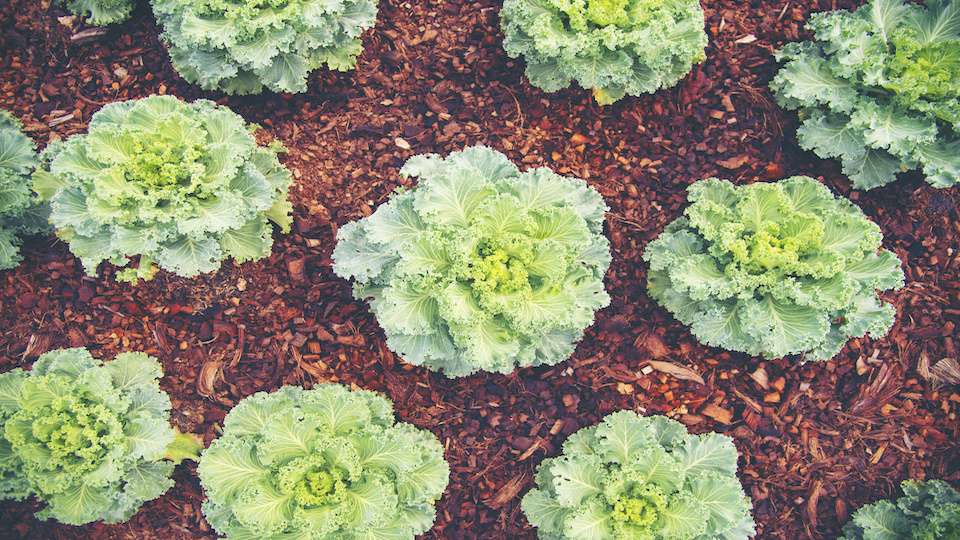No-till gardening is essentially a method of creating garden beds over the ground without digging it up. The bed is built up in layers to the desired height, and the seeds and seedlings are then planted in it.
If you’ve heard of lasagna beds, then No-till garden beds may sound familiar to you. Although both types of beds are built up in layers, they mainly differ in the materials used for layering. Lasagna beds utilize a composting technique wherein organic raw materials like paper, cardboard, grass clippings, kitchen, and yard waste are used in predetermined proportions to create new soil.
The layers are laid alternating nitrogen-rich green materials and carbon-rich brown materials at a 1:2 ratio, and then repeated over and over again. Once all the materials are decomposed, the bed may attain near homogeneity without any turning and mixing of the materials.
No-till beds do not go as far as that; they just use pre-made compost and cured manure in a thick layer, and then woodchips, straw, or grass clippings as mulch. You start the bed by laying cardboard pieces over the sod. Rich compost is spread over that, followed by aged wood chips. A wooden frame will help hold everything together. The bed is ready to be planted immediately on completion and requires only topping up with organic mulch every now and then.
The idea of No-till farming is thought to have come from Edward Faulkner’s book Ploughman’s Folly published in 1947. But the credit of developing the method is shared by many farmers who gave it a try and found it superior to the traditional style of cultivation.
Why it works
No-till gardening promises an easier method of growing plants. Even seasoned gardeners agree that tilling the bed and turning the soil to mix in compost and manure is the most strenuous part of gardening. If newbie gardeners are not fazed by this prospect, the battle with the weeds may eventually get to them. If No-Till gardening offers a much easier way to grow and also brings in rich rewards, who wouldn’t want to try it?
No-till beds don’t give a head start to weeds
Weeds are just waiting everywhere for the slightest encouragement to sprout. Loosening of the soil and exposure to light put them on hyperdrive. So begins the never-ending battle between your plants and the weeds, as every traditional gardener knows all too well.
The No-Till beds do not disturb the ground. They even use a layer of thick cardboard to suppress any weeds that manage to sprout beneath the bed. As long as the materials used for the layers are relatively clean, the weed problem will be minimal.
You can start it anywhere
Entirely new materials are transported to the site, so the condition of the land or its nutritional status does not have any bearing on the garden. So, if you have poor soil, hard ground, or rocky terrain, this technique is ideal for you.
The soil ecosystem is not disturbed
Tilling the land causes irreparable damage to the delicate ecosystems that include soil microbes, beneficial fungi, insects and worms. These are the decomposers of organic matter, a natural process that increases soil fertility. Tilling also increases soil erosion, with wind and running water stripping the top spoil away. When you leave the soil under the bed intact, the nutrients are locked in.
Earthworms will do the tilling for you
Since the soil beneath the bed always remains damp, earthworms and other organisms tend to colonize there. They will move back and forth between your bed and the ground, effectively tilling and aerating it without causing damage.
Maximum benefit with minimum effort and environmental damage. That’s No-till gardening.
-Susan Patterson




